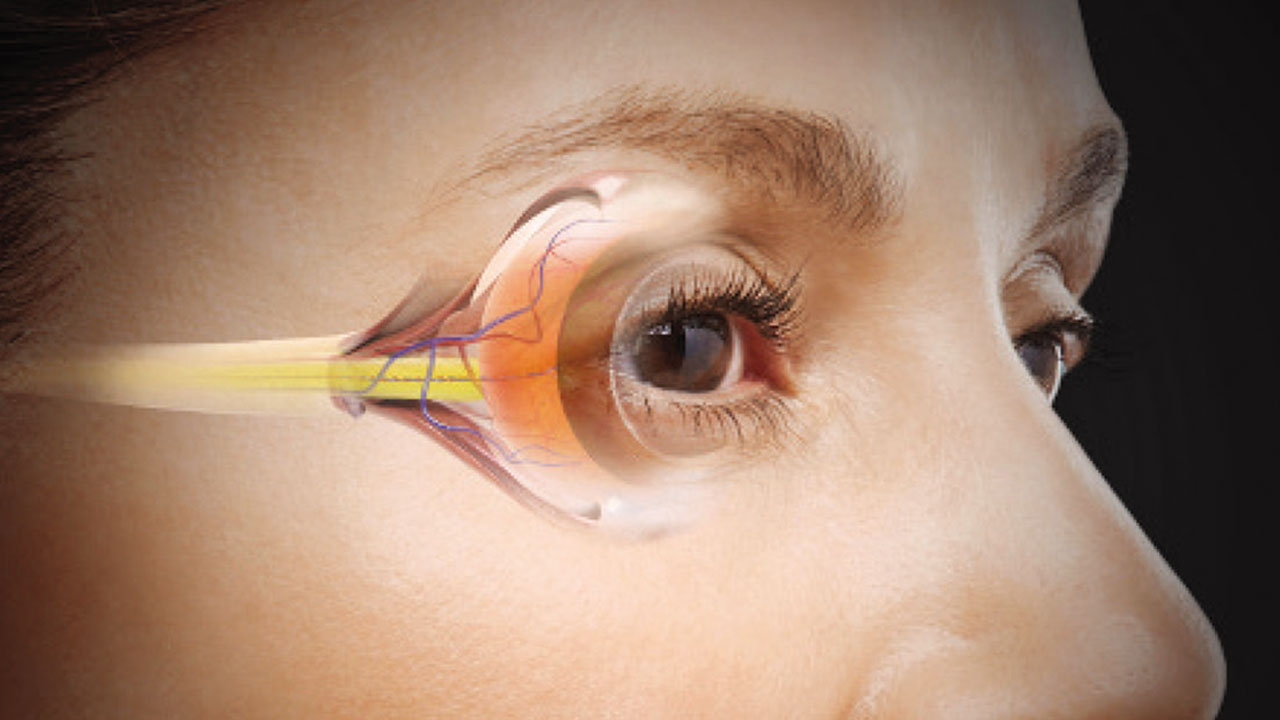- Contact: +91-9270109498 | 020 24352449
- Email: kuldeepdole@yahoo.co.in

Glaucoma Treatment in Pune
Dole Eye Hospital in Pune offers a variety of Glaucoma treatment options. Dr. Kuldeep Suhas Dole is an experienced doctor who can provide the best care.
What is Glaucoma
Glaucoma is a group of eye diseases that damage the optic nerve. The optic nerve sends visual information from the eye to the brain. If the optic nerve is damaged, it can lead to vision loss.
There are different types of glaucoma, but they all involve increased pressure inside the eye. This pressure, called intraocular pressure (IOP), can damage the optic nerve over time.
Glaucoma treatment aims to lower IOP and prevent further damage to the optic nerve. Several different treatment options are available, including eye drops, laser treatment, and surgery.
Glaucoma Symptoms
- Gradual loss of peripheral vision
- Tunnel vision (seeing objects through a narrow tunnel)
- Blurred or hazy vision
- Increased sensitivity to light
- Difficulty adjusting to darkness
- Halos or glare around lights
- Eye pain or discomfort
- Redness in the eye
- Headaches
- Nausea or vomiting
- Sudden loss of vision (in rare cases)
Glaucoma Causes
The exact cause of glaucoma is not fully understood. Still, it is generally believed to be related to increased pressure in the eye, known as intraocular pressure (IOP).
Pressure buildup can damage the optic nerve, leading to vision loss. However, it is essential to note that not all cases of glaucoma are associated with elevated IOP.
Other factors that may contribute to the development of glaucoma include:
- Family history of glaucoma
- Age (older individuals are at higher risk)
- Certain medical conditions, such as diabetes, hypertension, and hypothyroidism
- Chronic eye inflammation
- Eye injuries or trauma
- Certain medications, such as corticosteroids
- Ethnicity (African Americans, Hispanics, and Asians are at higher risk)
- Thin or abnormal corneas
- Poor blood flow to the optic nerve
Regular eye exams and screenings are important for early detection and treatment of glaucoma.
Glaucoma Treatment
There are several different treatment options available, including:
- 1. Eye drops:Eye drops are the most common treatment for glaucoma. Many different types of eye drops are available, and they work in different ways to lower IOP. Some eye drops reduce the amount of fluid the eye produces, while others help the fluid drain out of the eye more easily.
- 2. Laser treatment:Laser treatment can lower IOP in people who do not respond well to eye drops. Laser treatment can create new drainage channels for fluid to flow out of the eye or seal off areas of the eye that is not draining fluid properly.
- 3. Surgery:Surgery is a less common treatment for glaucoma, but it may be necessary for people who do not respond to other treatments. Different types of glaucoma surgery are available, and the type of surgery that is best for you will depend on your situation.
Glaucoma Diagnosis Process
The only way to diagnose glaucoma is with a comprehensive eye exam. This exam includes several tests, including:
- 1. Tonometry:This test measures the pressure inside your eye. High eye pressure is a risk factor for glaucoma, but not everyone with high eye pressure will develop glaucoma.
- 2. Dilated eye exam:During this exam, your doctor will use eye drops to widen your pupils. This allows them to better look at the back of your eye and optic nerve.
- 3. Visual field test:This test measures your peripheral vision. If you have glaucoma, you may have blind spots in your peripheral vision.
- 4. Gonioscopy:This test allows your doctor to look at the drainage angle of your eye. The drainage angle is where fluid drains out of your eye. If the drainage angle is blocked, it can lead to increased eye pressure and glaucoma.
Suppose your doctor suspects that you have glaucoma. In that case, they may order additional tests, such as imaging tests or nerve fiber layer analysis.
Preventing Glaucoma
There is no surefire way to prevent glaucoma, but there are some things you can do to reduce your risk:
- Get regular eye exams. The only way to diagnose glaucoma is with a comprehensive eye exam. Your doctor can measure your eye pressure and look for signs of damage to your optic nerve.
- Know your family history. Glaucoma can run in families, so you are at increased risk if you have a family history of the condition.
- Manage your other health conditions. If you have other health conditions, such as high blood pressure or diabetes, managing them well can help reduce your risk of developing glaucoma.
- Quit smoking. Smoking can increase your risk of developing glaucoma and can make it worse.
- Live a healthy lifestyle. Eating a healthy diet, exercising regularly, and getting enough sleep can help keep your overall health in good shape and may also help reduce your risk of developing glaucoma.
It is important to note that these are just some things you can do to reduce your risk of developing glaucoma. If you are concerned about your risk, feel free to contact Dr. Kuldeep Suhas Dole.
